Active User Count And Growth
Seeing general LinkedIn statistics like how many people use LinkedIn actively and the platform’s growth can help content marketers plan how aggressive their marketing strategies will be.
Want to dive into the statistics and numbers behind LinkedIn’s success? Do you need to maximize the platform for B2B marketing? Read more to find out!
Almost everyone who has a profession, owns a business, or is in the corporate world is a LinkedIn user. It’s a testament to how widespread and useful LinkedIn is for anyone in business.
Whether you’re a casual user, HR looking to hire someone, or getting into social media marketing, understanding the trends, key statistics, and metrics is crucial to getting the most out of the platform.
This guide will cover essential data like LinkedIn’s demographics, usage and engagement metrics, recruitment data, and other pieces of relevant info.
One of the most important LinkedIn stats is the distribution of who uses the platform.
Seeing the professional demographic data of your LinkedIn audience can help with streamlining your marketing strategy.
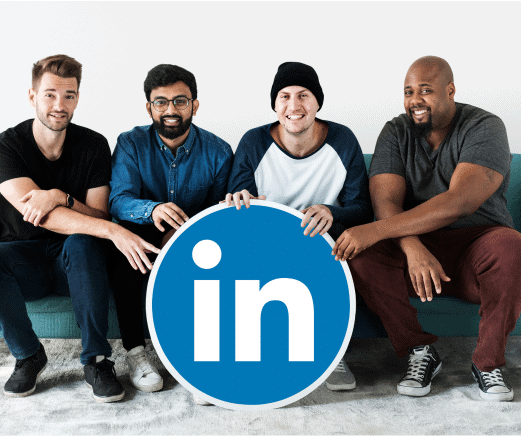
Figuring out where the majority of the platform’s members are can help LinkedIn marketers and recruiters alike. It’ll also help contextualize the rest of the demographic data.
The geographical region with the highest LinkedIn audience is Asia Pacific, with over 254 million active users. Here’s a list of other regions with the number of LinkedIn users per region.
Middle East & Africa: 52 million users
Asia Pacific: 254 million users
Europe: 236 million users
North America: 220 million users
Latin America (Central and South): 141 million users

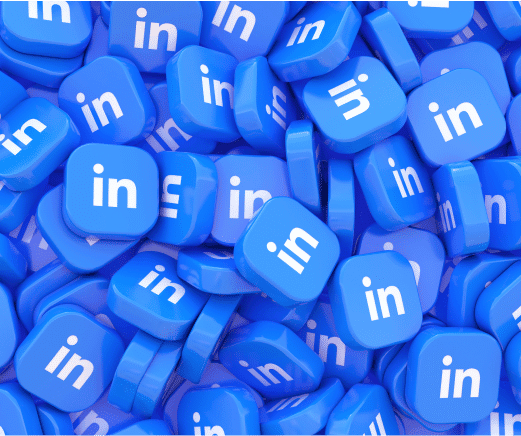
The latest LinkedIn statistics show that the United States has the largest user base by a substantial margin, with around 230 million users as of April 2024. India is in a far second place with 130 million LinkedIn members.
Another important part of LinkedIn user statistics is age distribution. This information can affect factors like which target audience is best for product and demand campaigns.
Distribution of worldwide users by age group as of April 2024
The most dominant age group for global LinkedIn users is the 25 to 34 age bracket, making up 50.6 percent of total global users. This is more than twice the percentage of the next group.
This means that most LinkedIn members are of the younger working class, which is connected to how people typically use LinkedIn – for growing their business network or looking for a new job.
When comparing LinkedIn’s social media statistics to other platforms, you’ll find LinkedIn shares its primary userbase with Facebook.
The majority of LinkedIn’s user base is in the 25 to 34 age bracket, Similarly, the majority of Facebook users are also in the 25 to 34 age group.
However, other social media platforms like Instagram and Tiktok have a younger audience. 31.7 percent and 36.2 percent of them are in the 18 to 24 age bracket, respectively.


In any social media demographic, gender distribution is important to look at. This can affect how an organic social marketing strategy will work and which products and services are more marketable to users.
As of 2024, 56.4 percent of people that use LinkedIn are male, while women represent 43.6 percent. This is a bit more skewed towards males than other social media platforms like Instagram.
Worldwide gender distribution
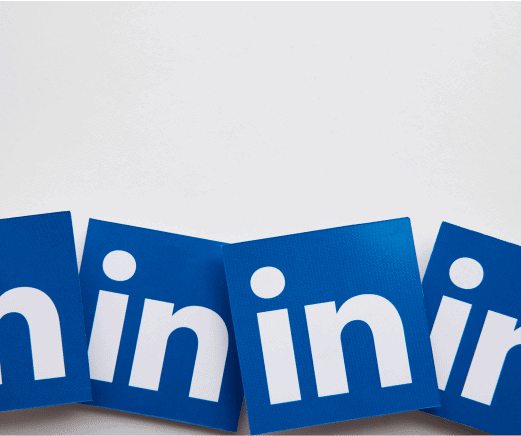
Men and women generally display similar behavior in their LinkedIn usage. The numbers are nearly equal in job searching, with 90 percent of men and 88 percent of women open to new jobs.
However, women are 16 percent less likely to apply to a job after viewing it and apply to 20% fewer jobs than men. LinkedIn recruiters are also 13 percent less likely to click on a woman’s profile.
The educational attainment of people that use LinkedIn can also help recruiters. This can set the expectation for what kind of jobs can be posted and the general skill level of the platform’s users.


LinkedIn skills data shows that 52 percent of users have attained a college degree. Conversely, this means that nearly half of the user base has a high school diploma or less.
People who have college degrees are more likely to use LinkedIn because it’s primarily a platform for job seekers. Since most corporate jobs require a college degree, this makes sense.


The income levels of people who use LinkedIn vary both internally and compared to the general population.
LinkedIn statistics show that most LinkedIn users come from a high monthly income household, at 53 percent. 29 percent belong to middle income, and 16 percent are from lower income households.
NOTE: High income is classified as an average of $100,000 and above. The average yearly income of a US citizen is around $60,000.
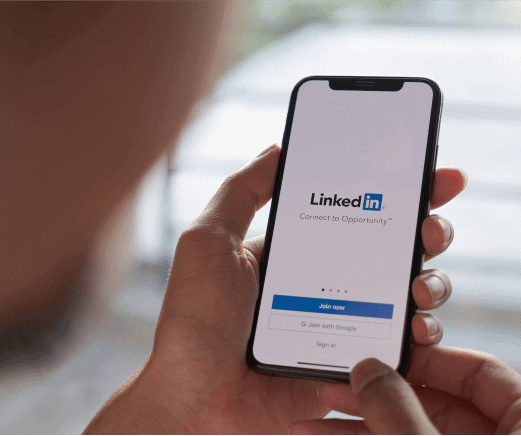

LinkedIn engagement statistics show that people are more likely to respond to ads that’re tailored to their financial or economic standing.
This can help content marketers create specific Google ads and content that cater to different income levels. It’ll also help them find the right audience to better position themselves.
Looking at LinkedIn engagement statistics can give a deeper view into how people use the platform. This can help in improving a digital marketing or content marketing strategy.
Seeing general LinkedIn statistics like how many people use LinkedIn actively and the platform’s growth can help content marketers plan how aggressive their marketing strategies will be.
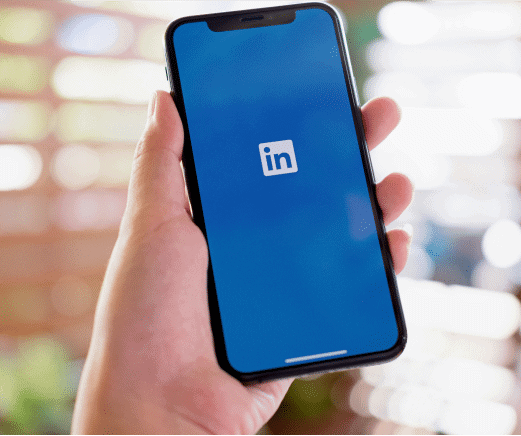
There are only 310 million active users out of the 900 million total users, or around 34 percent. This is a lower percentage than the average social media platform statistic.
On the other hand, LinkedIn’s growth is impressive. It recorded a 102% user base increase from Q4 2022 to March 2023. This means that LinkedIn has a steadily growing audience that marketers can target.
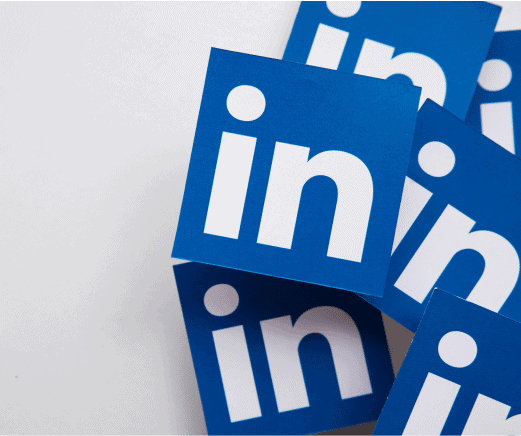

Another part of general LinkedIn statistics is how long people use LinkedIn on average. This can affect business engagement and how much of LinkedIn’s traffic will see ads.

On average, people only use LinkedIn for around 17 minutes per month. Averaged out, this would amount to 0.05 minutes a day and 4 minutes and 15 seconds a week, which is on the lower end.
People use LinkedIn for an average of 7 minutes every time they visit. This is much lower than other social media platform apps or sites, where users can spend up to 33 minutes per visit.
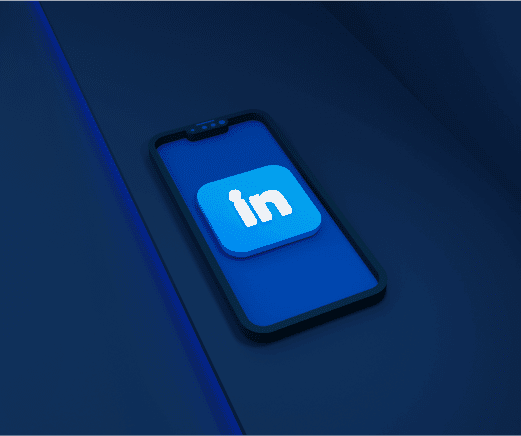
It’s notable to track the usage frequency to see how often LinkedIn audiences use the platform. The more people regularly return to the platform, the more they will end up using it.
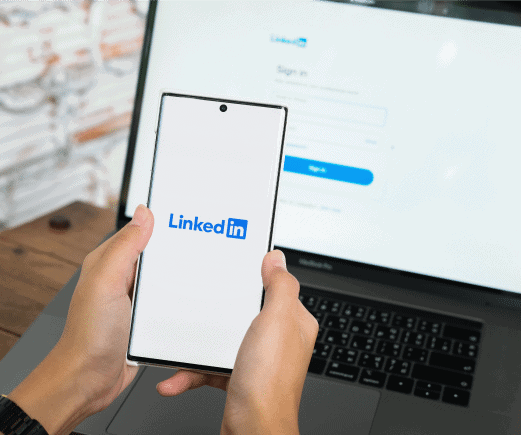
Around 16.2 percent of users, or around 134.5 million people, access LinkedIn daily. 48.5 percent use LinkedIn at least once a month, while 61 million people use LinkedIn weekly to look for jobs.
One of the biggest and most influential factors that affect LinkedIn usage is competition from other social media apps and sites. Even if they aren’t direct competitors, they compete for time spent.
For example, if a person only uses social media for an average of 2 hours and 23 minutes in a day and Facebook or Instagram take up 33 and 29 minutes respectively, that leaves less time for LinkedIn use.
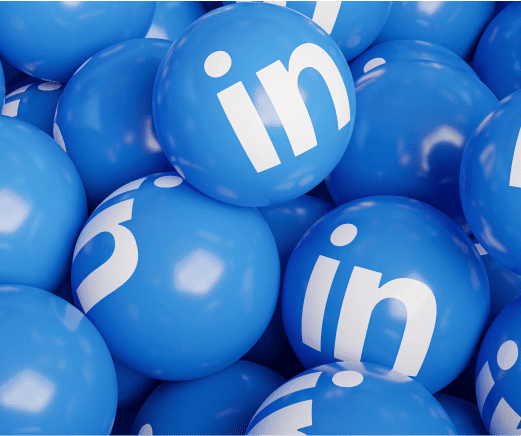
Engagement rates are another important subset of LinkedIn statistics to look at. That’s because it gives content marketers an idea of the following:
The efficacy of lead generation
How effective their marketing plans and LinkedIn ads are

LinkedIn’s average engagement rate is around 0.94 percent. This is average compared to other social media sites. For comparison, TikTok is on the lower end at 0.35 percent, and Instagram’s on the high end at 1.53 percent.
One of the ways content marketers can improve engagement on LinkedIn is by prioritizing post variety.
LinkedIn stats are clear – more interactive posts like LinkedIn Live videos get more engagement than purely text-based posts.

Knowing the types of content that people prefer will not only help increase engagement, but improve lead generation and LinkedIn advertising effectiveness.

All types of posts have their purpose and can be successful – it depends on how you structure and create them. For example, text posts shouldn’t be too wordy and need to be broken up by gaps.
The popular types of LinkedIn posts include visuals like photos or videos, and those that don’t link out to other websites. Keeping all interaction within the LinkedIn posts can increase engagement.
LinkedIn Live streams are relatively new compared to other types of posts, but have demonstrated higher efficiency in communicating a product you’re selling or a message you want to convey.
The most popular type of LinkedIn post is the infotainment sensational video. Combining useful information and presenting it in a comedic and entertaining way that keeps people engaged
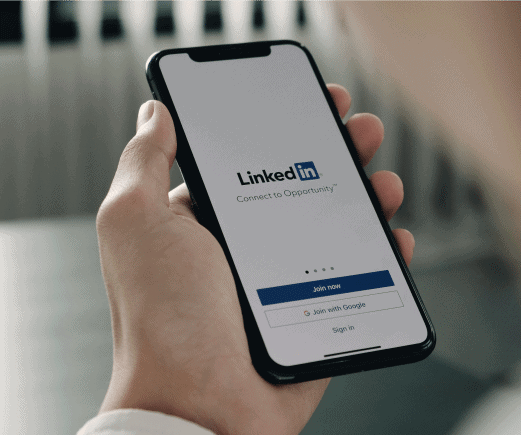
LinkedIn is one of the best platforms for business professionals and digital marketers who want high quality leads, mainly due to the number of companies on LinkedIn and its efficacy for B2B marketing.
Marketers who need a little push can hire a social media agency to give themselves an edge.
One of the biggest reasons to be on LinkedIn is that nearly all the big companies have an active LinkedIn page. Additionally, the company’s leadership will usually also have a LinkedIn page.

There are over 67 million companies with a LinkedIn page.
Having so many companies on the site is great for users who are job hunting, as it gives them a wider pool of employers to apply to.
In 2023, there were 63 million companies with a LinkedIn page. In 2024, this number increased to 67 million. This is a 6 percent increase from 2023 to 2024 as of the time of writing.

B2B marketing on LinkedIn is popular with B2B marketers, whether they’re from large companies or smaller businesses.
It’s also thanks to the high success rate and impressive lead generation the platform offers.

Around 89 percent of B2B marketers use LinkedIn for lead generation.
62 percent of B2B marketers say that LinkedIn generates leads and does it 2 times better than other social media sites. This makes it the best platform for generating high-quality leads.
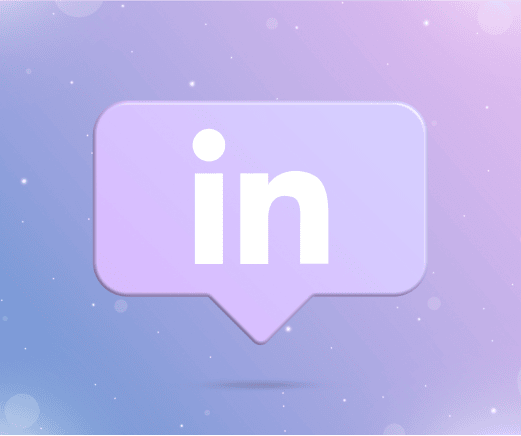
For both B2C and B2B marketers, finding out more about LinkedIn advertising statistics is crucial to understanding how effective their content marketing strategy and lead generation will be.
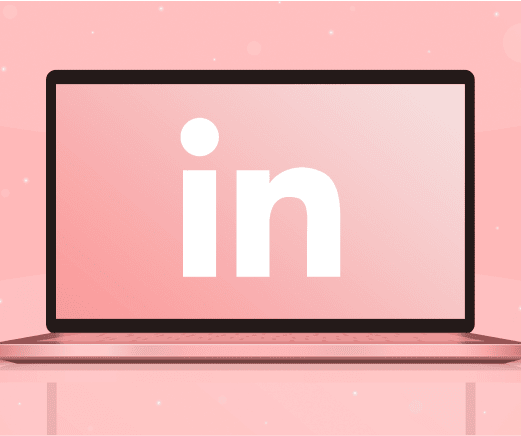
LinkedIn business statistics show that it generated $5.91 billion in revenue from LinkedIn ads in 2022. Revenue from LinkedIn ads is projected to grow to $10.35 billion in 2027.
The average click-through rate for LinkedIn ranges between 0.44 and 0.65 percent. For comparison, the average social platform click-through rate is a bit higher at 0.98 percent.
LinkedIn’s conversion tracking tool shows that conversion Rates for LinkedIn sit at 6.1 percent, which is higher than the industry average at between 2 to 5 percent. This indicates that LinkedIn is great for lead generation for B2B marketers.

Employee advocacy refers to a company’s employees promoting and sharing content related to their company on their own personal LinkedIn feed.
This is encouraged by LinkedIn and has a couple of benefits.
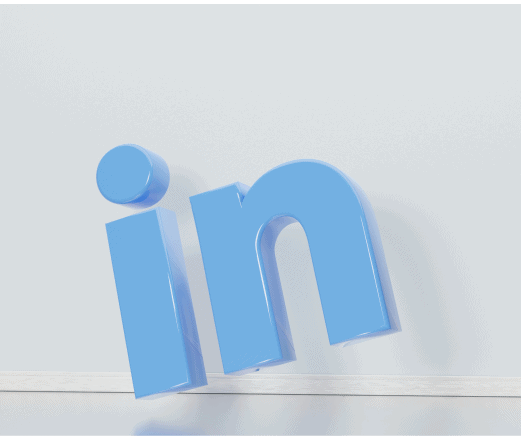
One of the biggest advantages of employee advocacy is increased organic reach, and subsequently better brand visibility.
A company’s employees can generate more organic connections compared to the company’s direct followers.
Not only will the company’s content reach more people, but it will also feel a lot more genuine and organic when posted by an individual employee rather than an official company profile.
Companies and marketers can encourage and implement employee advocacy through the following:
Doing these two things will help keep the content focused and on topic, while also helping the employees internalize and believe the content they’re posting.
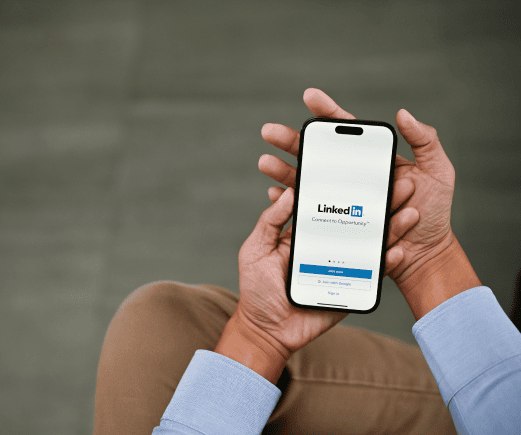

While LinkedIn is geared towards business professionals, it also caters to influencers and thought leaders, similar to other social platforms.
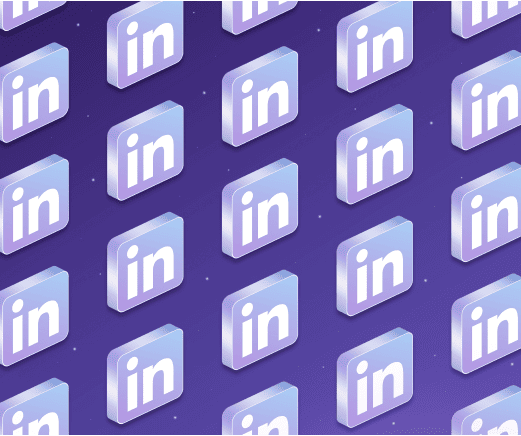
If your company is an industry leader, creating thought leadership content gives you the reputation of being first and being the best. This tells everyone that your business can be trusted.
Having thought leadership content also helps the business stand out from its competitors. People will listen to business insights and believe it if you are constantly putting out thought leadership content.
Generally, a good or above average engagement rate on LinkedIn for influencers is at least 0.65 percent. This is a bit lower than the average on more popular influencer platforms, such as Instagram.
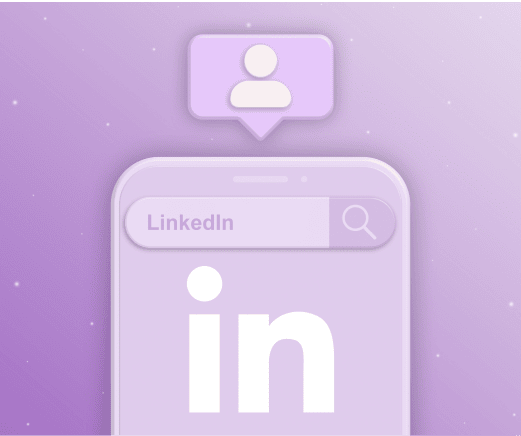
One of the main reasons people sign up on LinkedIn is to search for a job. This gives a unique opportunity for both job hunters and recruiters alike.
LinkedIn is one of the most popular sites for job hunting because it’s mainly a career advancement and networking platform.
The large number of professionals and companies on the platform also attracts plenty of applicants.
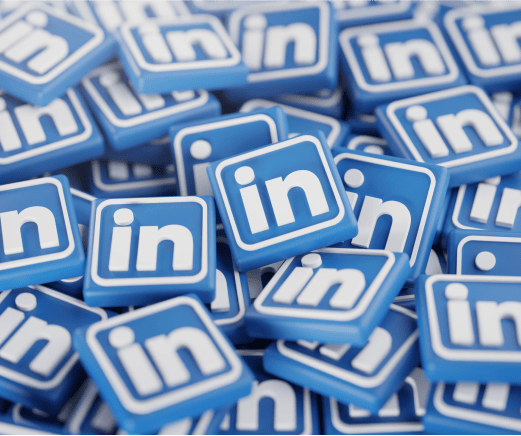
LinkedIn currently has over 14 million open jobs. This gives prospective employees plenty of opportunities to search for a new job or try to move from one job to another.
LinkedIn recently changed the way it displays the total number of applications per job posting. It only shows “over 100 applications” and not the exact number.
While competing with 100 people for a job seems scary, this number also includes people who have not finished their application. This means that the real number might be a lot less.
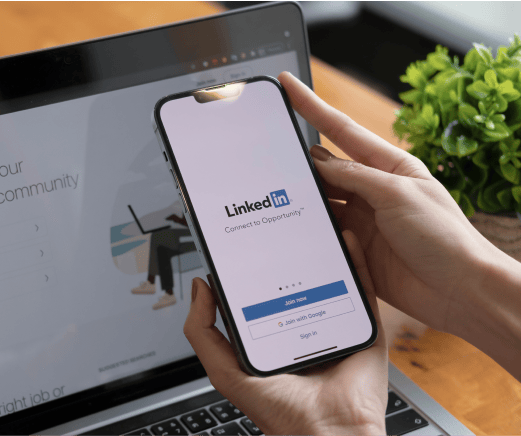
LinkedIn is one of the top choices for employers looking for new hires. This is evident with the percentage of recruiters using the platform and the success rates of hiring through it.

Around 97 percent of HR recruiters use LinkedIn to search for new employees. This means that while they may place job postings elsewhere, you will most likely see it on LinkedIn.
LinkedIn is currently the #1 source of quality hires compared to other internet job boards and referrals. Over 75 percent of people also use LinkedIn to get more information when job hunting.
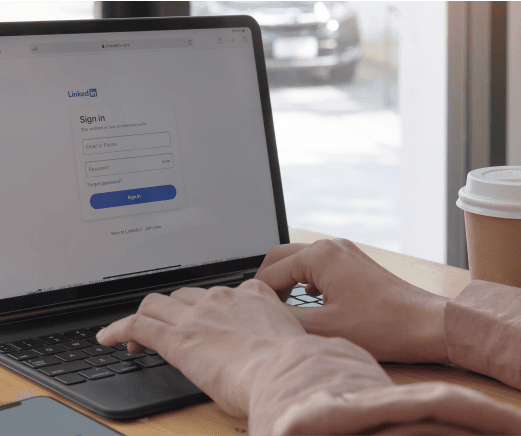
For many job applicants, the skills they post on their profile can be the difference between being hired or someone else being selected. Here are some of the top skills to look out for.
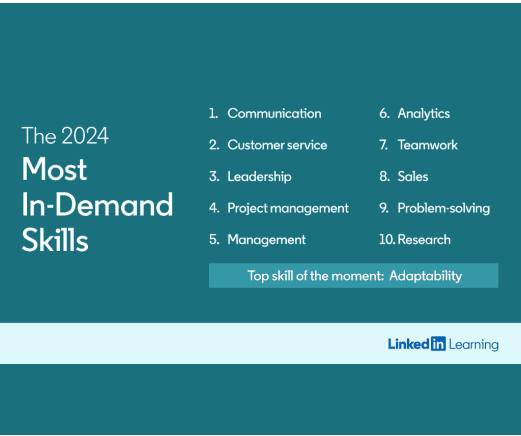
According to LinkedIn skills data, the top skills are the following:
Research
Adaptability
Communication
Customer service
Leadership
Project management
Management
Analytics
Teamwork
Sales
Problem solving
Having the appropriate skills listed on your LinkedIn profile is crucial to getting the job. Recruiters are looking for these skills because they fit the company’s needs and the current industry landscape.
For example, LinkedIn statistics show that adaptability is currently the top skill because companies want employees who can adapt to new changes with the rise of artificial intelligence.
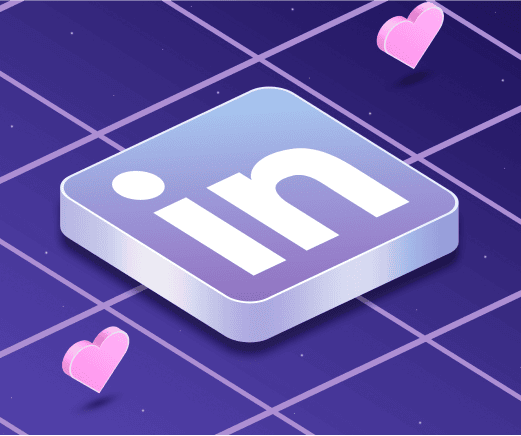
Salary expectations and negotiation are important factors for job hunters. Luckily, LinkedIn statistics can show salaries on each job posting.
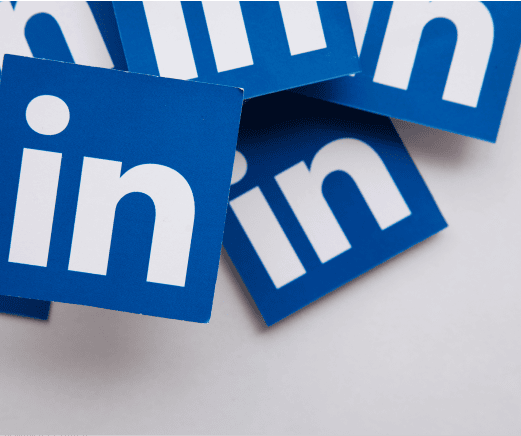
The average salary depends on many factors like the location, industry, and the position being applied for. Here are salary ranges in North America.
C-Level: $160,000 to over $1 million per year
Entry Level: Between $35,127 to $39,000 per year
Mid Career: $58,000 per year
LinkedIn Salary is a built-in feature that helps you compare salary ranges at an industry level and between competitors. This can help you if you’re trying to settle on a realistic salary.
Other than communicating clearly, an important tip is to be prepared to walk away. Do not look desperate or too compliant, as this can drastically lower the salary they are willing to give you.

Percentage increase in applications since March
Other than in-office full time jobs, LinkedIn also has many offline, remote, or hybrid job listings. These work opportunities have become more popular recently, especially because of the global pandemic.

In the United States alone, over 24 percent of employees are working remotely. On LinkedIn, there has been a 2.5x increase in remote job listings from 2020 to 2023.
Here are the 5 sectors with the highest remote work opportunities.
Unsurprisingly, tech industries lead the pack.

LinkedIn Learning is a learning platform with over 16,000 courses, browsable through 3 methods – Subjects, Software, and Learning Paths. It also touts a quickly growing subscriber base.

The most popular courses include both hard and soft skill courses. Here is a list of the top courses.
Communication Foundations: 1.3 million learners
Effective Listening: 1.7 million learners
Excel: XLOOKUP and VLOOKUP for Beginners: 1.6 million learners
How to approach this question (job interview): 1.6 million learners
Critical Thinking for Better Judgment and Decision Making: 1.3 million learners
The most popular job function courses on LinkedIn learning are from Business/Leadership and Management. 4 of the top 5 courses listed above are from this function.
Technology/Computer Science and AI are the second most popular job function courses, with 1.3 million learners on its most popular course and nearly one million learners for every other course.
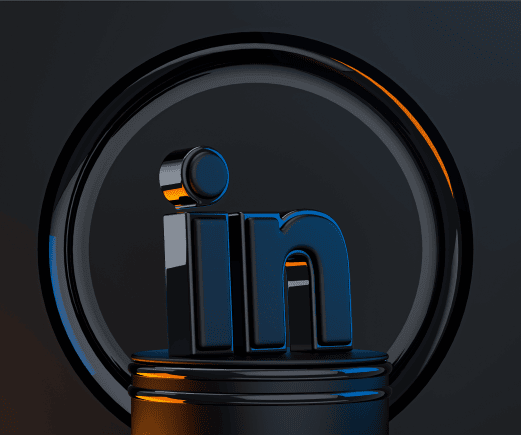
LinkedIn Learning has several courses that teach people crucial skills to help them successfully land a job.
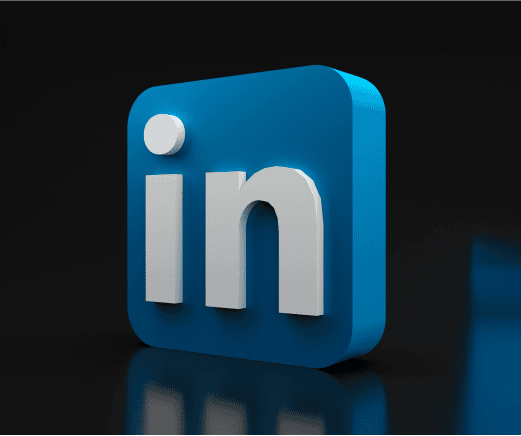
From the official Learning page, LinkedIn ranks 7 out of 10 users as feeling more connected to their work after learning. 8 out of 10 say that using the platform adds a sense of purpose to their work.
The Estee Lauder group of companies had an issue: Over half of their employees hadn’t mastered skills that were necessary for their jobs.
To combat this, they partnered with LinkedIn Learning to solve the problem.
They made it easier for employees to get training and learn skills through LinkedIn Learning by making online learning more personal, on demand, and providing certification for completion.
As of 2018, over 5,800 Estee Lauder employees have used LinkedIn Learning, with their goal to have all employees use the platform to keep learning new skills.
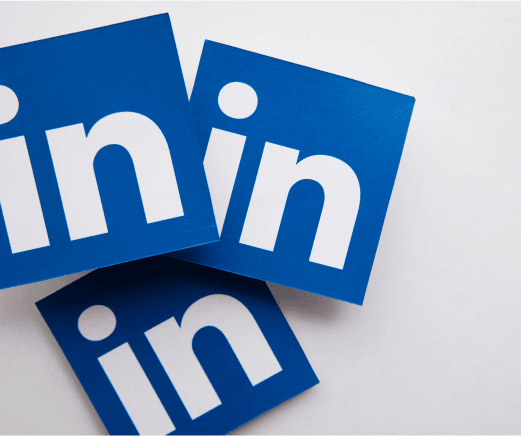
Learn more about LinkedIn statistics with these quick questions and answers.
In conclusion, LinkedIn is a diverse social platform.
This applies whether you’re a job hunter trying to get your first opportunity or a content marketer trying to use LinkedIn ads to grow your business network.
Keeping up with the trends on LinkedIn’s business related content and future developments like AI can give you the edge you need to grow your business, hire top employees, or get your dream job.
Even if you’re mainly using the platform for networking, staying up-to-date with the latest trends is crucial, because LinkedIn can help you achieve your business or career goals.
